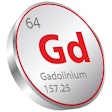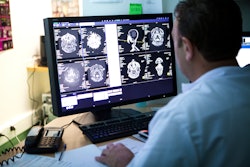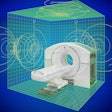More in Home
The challenges of dysrhythmic radiologists
January 13, 2025
AI-supported mammography can be effective in real-world settings
January 13, 2025
PET scans can reduce unnecessary lymph node procedures
January 10, 2025
ESR reveals candidates for 2025 elections
January 9, 2025
Study: Starting breast screening at 40 is cost-effective
January 8, 2025
How do clinicians perceive use of AI to triage brain MRI?
January 7, 2025
Paola Clauser takes the editor's chair at ESR journal
January 7, 2025
5 more radiology cartoons to make you smile
January 6, 2025
Imaging makes clinical progress in hip and bony pelvis
January 6, 2025
MRI method shows therapy impact in lung transplant cases
January 3, 2025
AI algorithm harmonizes MRI data from different vendors
January 2, 2025
Virtual reality initiates a paradigm shift in learning
December 19, 2024

























